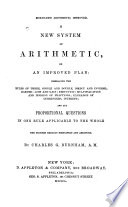 | Charles Guilford Burnham - 1850 - 350 pages
...find the sum of the series, we have the following l RULES. I. Multiply the last term by the ratio, and from the product subtract the first term, and divide the remainder by the ratio less 1; the quotient will be the answer. II. Divide the difference betiveen the two extremes by the ratio less... | |
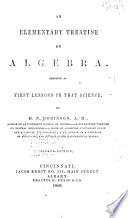 | Horatio Nelson Robinson - Algebra - 1850 - 256 pages
...gives the following rule for the sum of a series. RULE . — Multiply the last term by the ratio, and from the product subtract the first term, and divide the remainder by the ratio less one. GENERAL EXAMPLES IN GEOMETRICAL PROGRESSION. 1. What is the ratio of the series 2, 6, 18, 54,... | |
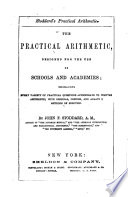 | John Fair Stoddard - Arithmetic - 1852 - 320 pages
...ii. ART. 197. Given the first term, the last term, and th« ratio, to find the sum of all the terms. RULE. Multiply the last term, by the. ratio ; from...first term, and divide the remainder by the ratio di minisked by one. 1 . The first term of a geometrical progression is 4, tha iast term is 62500, and... | |
 | Joseph Ray - Algebra - 1852 - 408 pages
...have +ar"~'+ar". This formula gives the following RULE, FOR FINDING THE SUM OF A GEOMETRICAL SERIES. Multiply the last term by the ratio, from the product subtract the first term,and divide the remainder by the ratio.less one. Ex. Find the sum of 6 terms of the progression... | |
 | Roswell Chamberlain Smith - 1852 - 298 pages
...Series, we have the following easy RULE. Mnltiply the last term by the ratio, from the prodnct snbtract the first term, and divide the remainder by the ratio, less 1 ; the qnotient will be the snm of the series reqnired. 9. If the extremes be 5 and 6400, and the ratio... | |
 | Thomas Tucker Smiley - Arithmetic - 1854 - 192 pages
...last term. 1. Raise the ratio to the power whose index is one less than the number of terms given. 3. Multiply the last term by the ratio; from the product...term, and divide the remainder by the ratio, less 1, for the sum of the series. Questions. What is Geometrical Progression? What is the ratio ? By what... | |
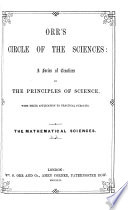 | William Somerville Orr - Science - 1854 - 534 pages
...О rl- a r- 1 (1), and this formula, expressed in words, furnishes the following rule :— BULE. — Multiply the last term by the ratio ; from the product...first term, and divide the remainder by the ratio minus 1. This rule applies, of course, whether the ratio be whole or fractional, positive or negative.... | |
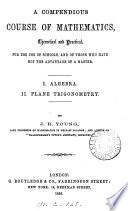 | John Radford Young - 1855 - 218 pages
...expressed in words, is the rule following, namely : — RULE. Multiply the last term by the common ratio ; from the product subtract the first term, and divide the remainder by the latio minus 1. The last term is the first multiplied as often by the ratio as there are terms following... | |
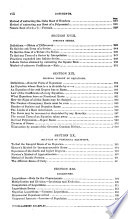 | Elias Loomis - Algebra - 1855 - 356 pages
...Hence, to find the sum of the terms of a geometrical progression, Multiply the last term by the ratio, subtract the first term, and divide the remainder by the ratio less one. If the series is a decreasing one, and r consequently represents a fraction, it is convenient... | |
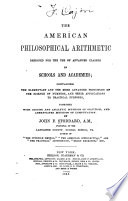 | John Fair Stoddard - Arithmetic - 1856 - 312 pages
...ratio times 32 — 2. Therefore, the sum of the series equals 4 times 32 — 2-f-(4 — 1.) Hence, Multiply the last term by the ratio ; from the product...subtract the first term and divide the remainder by the raii^ diminished by one, and it will give the sum of all the terms. _ • 2. A gentleman engaged a... | |
| |